Our hotel is surrounded by tourist attractions ranging from popular leisure spots to places known for their scenic beauty.
Make a plan that matches your mood and get the most out of your trip.
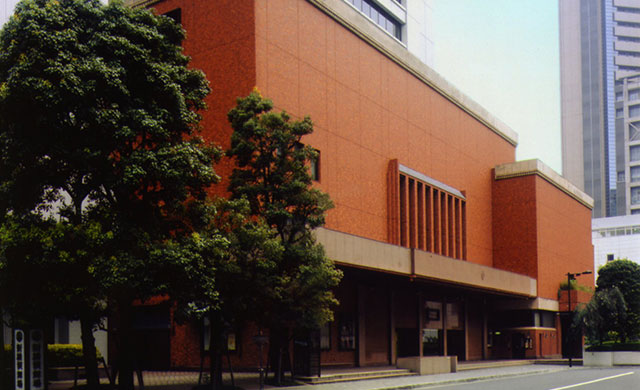
Shinbashi Enbujo Theatre
Approx. 3-min. on foot from the hotel.
-
Established in 1925, the Shinbashi Enbujō Theatre has a total seating capacity of 1,428 people. The theater commonly hosts Kabuki and Shingeki (modern Japanese theater) plays as well as musicals and other performances. Although the theater burned down during World War II, it was later constructed. The most recent renovation finished in 2005 and it transformed the theater, adding a wonderful atmosphere to the lobby with basic shades of black. Seating is from the 1st to the 3rd floor. The theater offers other facilities inside, such as restaurants and gift shops that sell Japanese accessories.
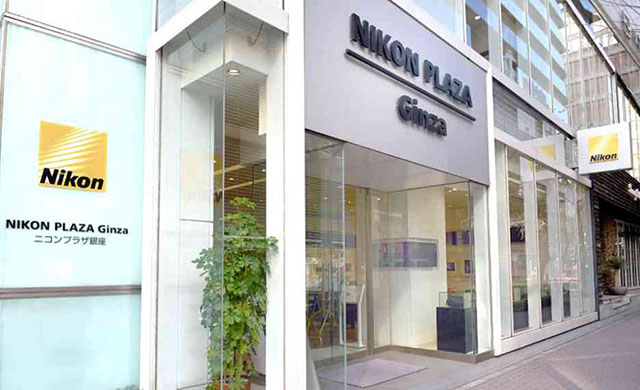
Ginza Nikon Salon
Approx. 5-min. on foot from the hotel.
-
The Ginza Nikon Salon is a photo exhibition gallery which was opened in 1968 to commemorate the 50th anniversary of the establishment of optical equipment manufacturer, Nikon Corporation. The gallery charges no admission and displays photos selected through open competitions. The entrance is located in the “NIKON PLAZA Ginza”, which is also home to a Nikon Showroom, a testing experience corner, the “Ginza Photo Promenade”, and more. The Nikon Showroom houses the latest Nikon products. The testing experience corner lets you try out the latest Nikon camera models. The “Ginza Photo Promenade” regularly displays photos taken with Nikon products by professional photographers.
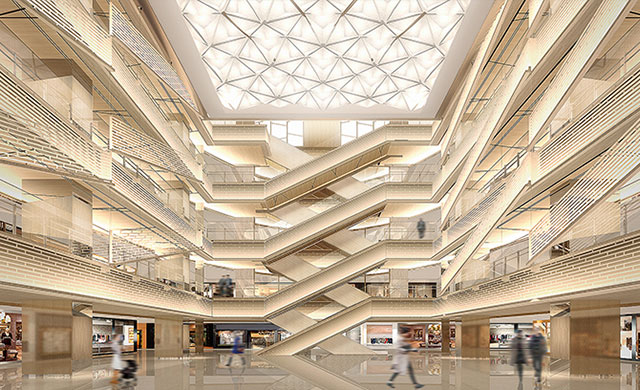
GINZA SIX
Approx. 3-min. on foot from the hotel.
-
Opened in 2017, GINZA SIX is the largest commercial facility in the Ginza area and is among Tokyo’s top trendsetting icons. It spans nine floors and houses over 240 diverse shops, which include fashion, food, cosmetics, miscellaneous goods, and more. The building features traditional Japanese architectural design, hisashi eaves, and noren (doorway curtains). Displayed throughout GINZA SIX are works of art by contemporary artists, which makes for a pleasant stroll through the building.
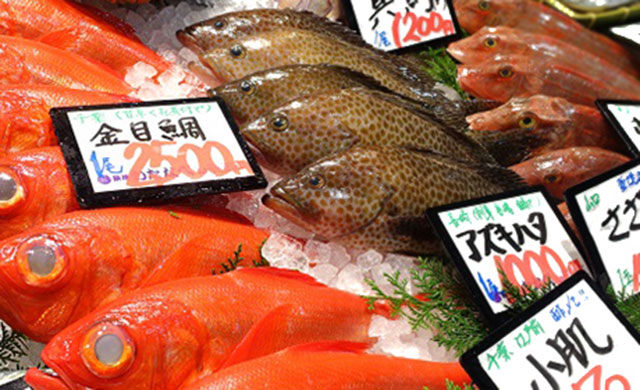
Tsukiji Outer Fish Market
Approx. 11-min. on foot from the hotel.
-
Although Tsukiji Fish Market relocated to Toyosu in Fall 2018, the Tsukiji Outer Fish Market stayed open and is doing business as before. Many of the famous shops and popular restaurants of Tsukiji are still there. The Outer Fish Market’s main attraction, needless to say, is a variety of fresh seafood dishes. There are around 30 shops dedicated to the sale of sushi. You can try a wide variety of dishes, including top-ranked seafood bowls, recipes with whale, eel, stewed beef or pork offal, tempura bowls, ramen, Chinese food, Italian dishes, and more. Don’t miss trying something among the vast and unique offerings!
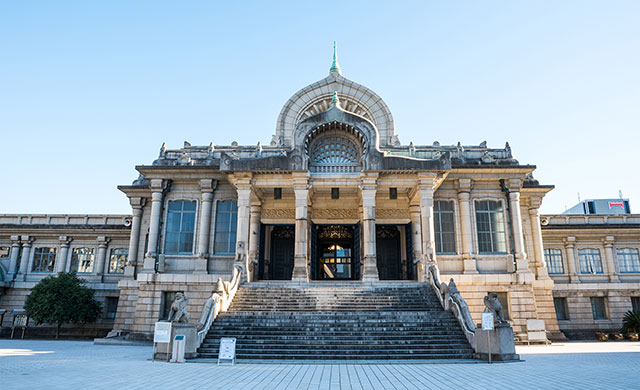
Tsukiji Hongan-ji Temple
Approx. 12-min. on foot from the hotel.
-
Founded in 1617, Tsukiji Hongan-ji Temple is a Jodo Shinshu Buddhist temple of the Nishi Hongan-ji sect. The Nishi Hongan-ji main temple is located in Kyoto. The eye-catching exterior of the Tsukiji Hongan-ji Temple’s main hall was modeled after the ancient Indian Buddhist style. This includes stained glass and animal carvings, which gives a distinctly Asian feel reminiscent of the temple’s Buddhist roots. Toward the back of the main hall is a pipe organ, which is rare to find in Buddhist temples. The main hall, outer walls, and gate pillars are made of Otani stones, which are designated as Important Cultural Properties of Japan.
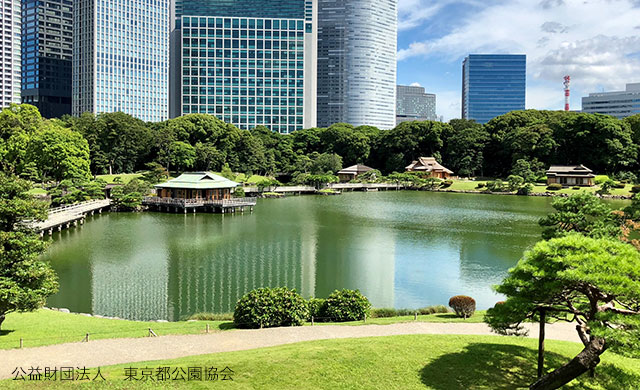
Hama-rikyu Gardens
Approx. 14-min. on foot from the hotel.
-
The historical Hama-rikyu Gardens were originally built to serve as a beach villa for the feudal lords of the Tokugawa Shogunate. One draw of the park is the “Shio-iri Pond”, which is the only garden seawater pond built in the Edo Period that still remains in Tokyo. The pond’s water level changes with the tides of Tokyo Bay. The gardens are also home to a 300 year old Japanese black pine tree. It is one of the largest black pines in Tokyo. Another highlight is a tea house built on a small island in the center of the pond. This tea house often appears to be floating on the pond. You can enjoy the stark contrast between skyscrapers and rich nature that only a park in the city center can offer.
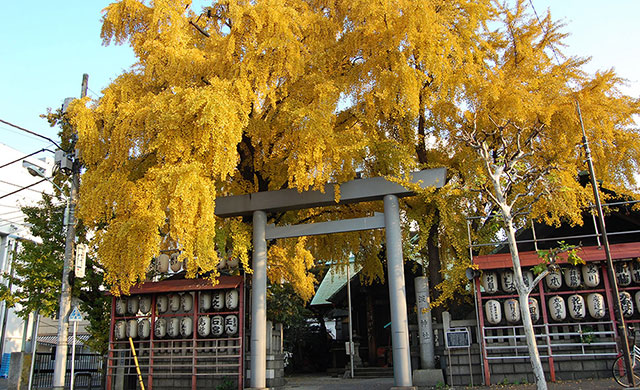
Tsukiji Namiyoke Shrine
Approx. 13-min. on foot from the hotel.
-
Work to reclaim the coast area of Edo (modern-day Tokyo) started upon the establishment of the Edo Shogunate. It was plagued with setbacks and the sacred body of Inari (a Shinto deity) was found in the sea during construction. After the people enshrined Inari’s sacred body in this shrine, the reclamation project miraculously progressed. Because of its history, this shrine is believed to help with disaster prevention, exorcisms, business prosperity, and construction safety. The Lion Hall, named such because it houses a giant wooden statue of a lion, is particularly popular and is visited by many.
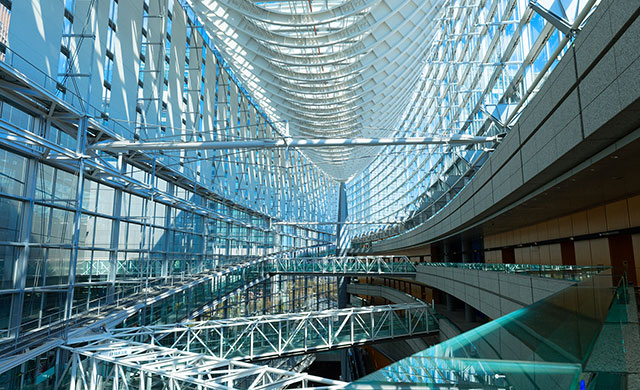
Tokyo International Forum
Approx. 13-min. on foot from the hotel.
-
Tokyo International Forum is a large scale convention and art center. The facility is equipped with 8 halls and 34 conference rooms as well as an outdoor plaza, shops, restaurants, and galleries. The roughly 4,000 events held here each year are diverse and include international conferences, exhibitions, concerts, musicals, and more. Additionally, the buildings and facilities themselves are a must-see. Various works of art are displayed around the premises and the “Glass Building” offers views through a symbolic glass atrium.
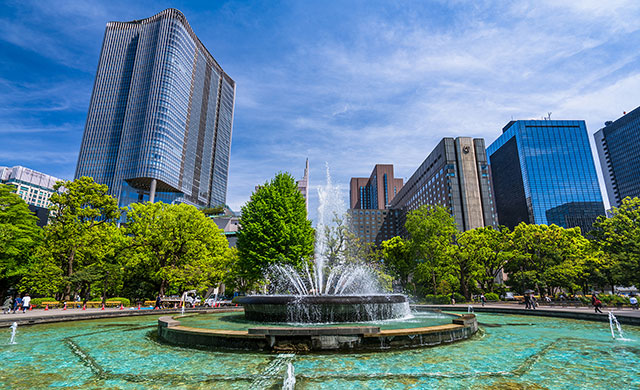
Hibiya Park
Approx. 18-min. on foot from the hotel.
-
Hibiya Park has been serving Tokyo for more than 100 years. The park offers a variety of facilities on its spacious grounds reaching over 160,000㎡! These offerings include the Tokyo Metropolitan Hibiya Public Hall, the Hibiya Open-Air Concert Hall, tennis courts, a large fountain, ponds, restaurants, shops, and more. Flowers bloom in the park seasonally, including cherry trees, roses, and azaleas. In autumn, the fall foliage lining the paths is magnificent! The park also serves as a venue for events, mainly on the weekend. Throughout the year, Hibiya Park is visited by many and is an oasis in the heart of Tokyo.





